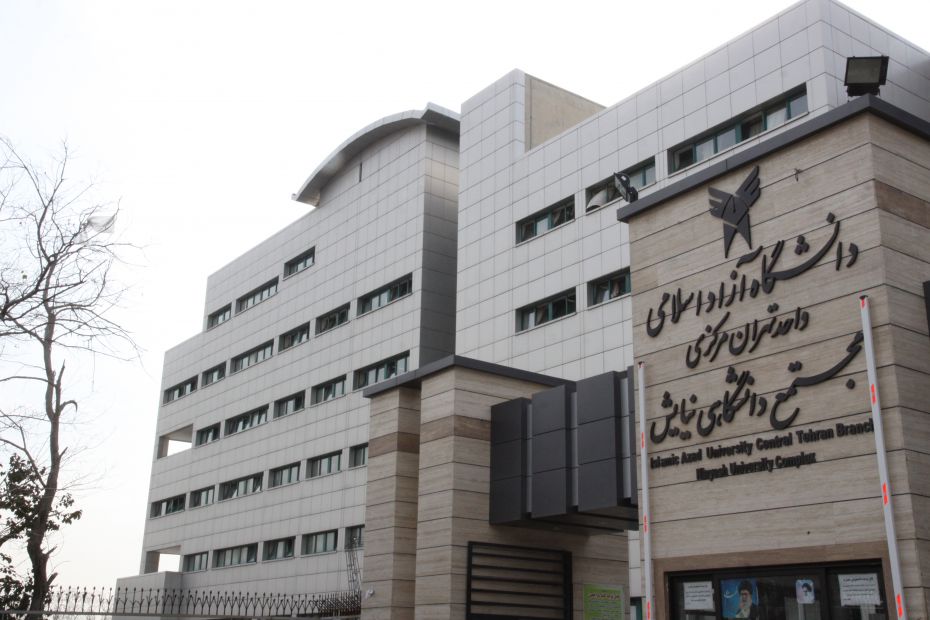May 23rd marked the 35th anniversary of Islamic Azad University’s founding.
With 1.62 million students, 70,000 faculty members and about 10 million square meters of campus space, IAU is ranked fourth largest university by enrolment in the world.
The university has two independent, 31 provincial branches and 400 campuses and research centers across Iran as well as four branches in the UAE, the UK, Lebanon and Afghanistan.
As many as 5 million have received degrees from the IAU, yet the university suffers from multisite problems such as overcapacity.
Last year, former IAU president, Hamid Mirzadeh, announced that there were 500,000 vacant seats in the university. And that might explain why he followed the policy of improving the density of the university’s campus size during his four years at the helm.
IAU’s faculties and institutes were down to 475 in February from 581 in September 2013, Financial Tribune’s publication Tejarat-e Farda reported.
On the other hand, Azad University, which was once the only tuition-charging university in Iran for years, now has a number of state- or private-run rivals from non-profit universities to Payam-e Noor and the University of Applied Science and Technology.
Today, earning a degree from tuition-charging universities is easy but there are people who believe such higher education expansion has been of little or no use for the sizable number of graduates.
Economic researcher, Nima Namdari, said IAU has opened its doors to residents of small towns and villages as well as women over the years, and made higher education more accessible to the masses rather than just elites.
“It was also successful in advocating skill-oriented approaches in education rather than research-based elitism of state-run universities in its early years. But in the mid-1990s, it distanced itself from its primary goal of providing undemanding, inclusive education for masses, and became more like classical Iranian universities,” he said.
However, it continued to progress well, thanks to official and unofficial support.
Namdari noted that it was natural that IAU’s efforts to become a classical university provoked the criticisms of rivals.
He further said that in the mid-90s, the Ministry of Science allowed state-run universities to admit students willing to pay tuition fees to challenge Islamic Azad University’s monopoly.
Namdari believes that real private universities whose funding come from tuition, investments and private donors do not have a chance of surviving in the domestic higher education system.
“It is highly unlikely for a real private university to find a spot here,” he stressed.
Echoing the same remarks, Iranian economist, Farshad Fatemi, said the rationale behind the management of IAU, as the biggest non-governmental university of Iran, does not come from the private sector.
“Despite the claims, IAU has tapped into public facilities like state-owned properties or had government officials on its board of trustees to prosper,” he added.
Prominent academician, Alinaqi Mashayekhi, believes Azad University has served the country’s higher education system well by deepening public understanding of different issues and providing them with the opportunity to pursue higher studies.
“It failed when it entered graduate education without recruiting qualified faculty members.
Churning out PhD and Master’s degrees to people without providing them quality education has hurt the whole system of higher education and also given false confidence to unemployable people,” he said.
Mashayekhi noted that the recent phenomenon of overcapacity in Islamic Azad University will be fixed through a merger.
“There is no need for the university to operate all its institutions. It could use its properties in other fields and spend the revenues on improving the educational quality of its branches,” he said.


